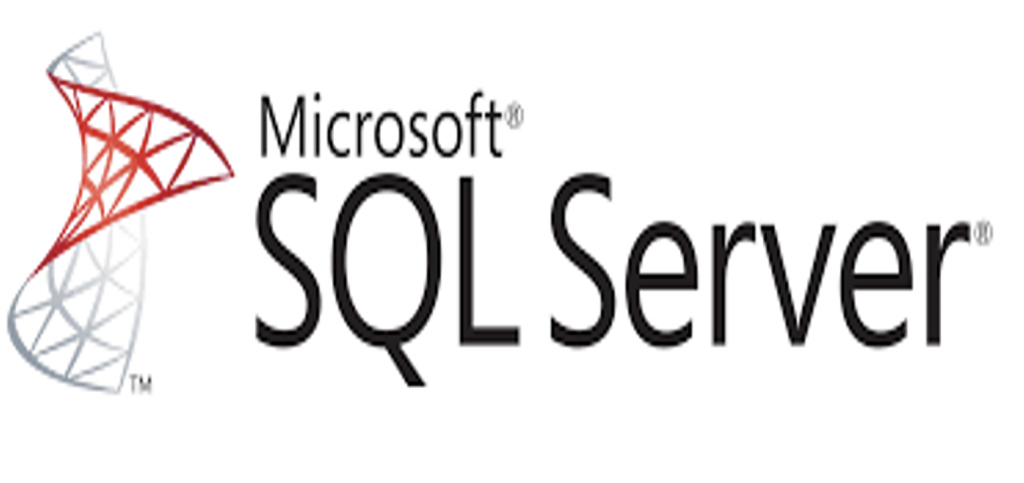What is Microsoft SQL Server?

Microsoft SQL Server Server is a popular RDBMS developed by Microsoft. It was originally created to run on Windows Servers but was subsequently ported to Linux. The system is built on top of SQL, a programming language used to manage databases and query data. Microsoft SQL Server follows a table structure based on rows to connect data and functions while ensuring Data Security and Consistency. The system enables a variety of business operations, analytics, and transaction processing operations.
Some of the key features of Microsoft SQL Server are as follows:
- Accelerated Data Recovery: When a complex operation running on the SQL Server runs into errors/fails or the server experiences a crash, the database must be restored to its original state by rolling back all failed or incomplete transactions and activities. This process was time-consuming. But the implementation of Accelerated Data Recovery in Microsoft SQL Server has taken care of this problem. The database recovery method in Microsoft SQL Server has been redesigned using Transaction Logs.
- Encryption: AlwaysEncrypted, a new Encryption Technology launched in Microsoft SQL Server 2016, enables transparent Column Encryption without providing Database Administrators access to Decryption Keys.
- Intelligent Query Processing: Microsoft SQL Server has a powerful in-built Query Optimizer that produces an execution plan for the queries that are being run. Several enhancements have been made to this Query Optimizer to guarantee that the databases give the optimal performance to their users.
- Advanced Analytics: Using Microsoft SQL Server Analysis Service (SSAS), a Data Mining and Online Analytical Processing tool in Microsoft SQL Server, all data stored in Microsoft SQL Server can be easily utilized to execute a comprehensive analysis as per the requirements.
- Advanced Integrations: Using the Microsoft SQL Server Integration Services (SSIS), users can also a wide gamut of operations such as Extraction, Data Transformation, Ingestion, and Migration. Using SSIS’s Graphical User Interface (GUI), you can extract and transform data from a variety of sources, including Relational Databases, Flat Files, XML Files, etc.
Why do we need a Secure Solution for accessing SQL Server Database Objects?
SQL Server environments are becoming increasingly complex, partly due to the need to interface with an increasing number of third-party technologies. The need to manage data access in a safe, managed, and compliant manner has only added to the challenge of providing real-time SQL Server data access to business units and partners.
TSQL Server Developers and Database Administrators often think of consolidating data either via SQL Server Integration Services (SSIS) or Replication to solve remote data access issues. Although both are conventional approaches, they both take a substantial amount of time and money to develop, test, deploy and maintain. Furthermore, because of the increased usage of Continuous Integration \ DevOps \ Scrum techniques, databases and applications are changing faster than ever before, posing additional issues for SSIS and Replication managers.
You require a simple and secure approach to access SQL Server database objects (stored Procedures, Functions, Tables, Views). Microsoft SQL Server API is the finest choice for interacting with a large number of data sources and exposing them as needed. DreamFactory is a free, Open-Source software program that can produce a fully documented and secure REST API from any database in a matter of minutes.
What are the Advantages of using Microsoft SQL Server REST APIs?
Microsoft SQL Server is accessible through a variety of programming languages and client libraries; however, organizations adopting API-driven development projects are attempting to integrate access through a single REST interface. Creating an interface like this, however, requires much effort than simply coding a bridge between the DBs and endpoints.
Rather, the developer must also consider performance, security, and compliance. Furthermore, the API should be capable of supporting access to views and stored procedures.
How to build a Secure SQL Server REST API?
The steps to build a Secure SQL Server REST API are as follows:
A) Generating a SQL Server API
- Step 1: Install DreamFactory, which is Open-Source and helps you create REST API in no time.
- Step 2: After installing and opening DreamFactory, you will be in the Admin panel.
- Step 3: Now, navigate to the Services tab to start with the Service Creator.
- Step 4: In the Services Overview section, specify a Namespace, Label, and Description.
- Step 5: Select the “Next” button.
- Step 6: In the Config Overview section, you’ll specify the Database hostname, port number, Database name, connecting username, and password.
- Step 7: If you want to limit your API to a specific schema, then you can mention it in the schema field. Otherwise, no schema indicates that all objects across all schemas can be accessed.
- Step 8: Additional security options will be there for data access and configuring SSL-based connections.
- Step 9: Upon saving, DreamFactory will build the REST API in a few seconds and there will be a pop-up saying “Service Saved Successfully”. It will also generate an interactive swagger documentation.
- Step 10: You can now navigate to the API Docs tab to view the new documentation for the REST API where you can see all the available endpoints. You can even interact with the documentation via the “Try it out” button.
B) Testing the REST API from SQL Server
Once the REST API has been built in DreamFactory, you can test the API for functionality, performance, and security and check with the associated records for the API call.
C) Securing and Interacting with the API
- Step 1: For creating a Role for your REST API, navigate to the Roles tab.
- Step 2: In the Roles Overview section, specify the Role Name, Description, and Role Status. Select the “Next” button.
- Step 3: Now, in the Access Overview section, you will choose the desired service (API) from the dropdown menu.
- Step 4: You can now select which corresponding endpoints (Schemas, Tables, Functions, and Stored Procedures) are accessible through the API.
- Step 5: Now, you need to specify the Access (GET, POST, PUT, PATCH, or DELETE) for the Endpoint you have selected.
- Step 6: You can also grant permission to multiple stored procedures from a single service. Click on the “Save” button.
- Step 7: Now, to link this Role to an API Key, go to the Apps tab, create a new API key with the corresponding Role.
- Step 8: Click on the “Save” button. You should now be able to check the API key generated for your use.
Conclusion
This blog talks about the steps followed in building a secure SQL Server REST API in minutes in detail. It also gives a quick overview of Microsoft SQL Server and Microsoft SQL Server REST API.


